There lacnea (Lachnaia) is an insect of the order Coleopterafamily Chrysomelidaesubfamily Clytrinae. There are two species that often infest woods and orchards, that is lacnea italica (Lachnaia italica) And 6-point lacnea (Lachnaia sex-punctata). The two species are very similar to each other and are present throughout the national territory, with the exception of Sardinia, where only the subspecies lives. Lachnaia italica occidentalis. This small beetle is often, incorrectly, confused with the ladybug, the useful insect par excellence in the vegetable garden, but unlike the latter, it is a parasite that can become annoying for some crops (shrubs and trees) when it is massively present.
In this article we see how to recognize lacnea, what are its host plants, the damage it causes you, and above all how to remove it by hand in home gardens.
Recognition of lacnea

Lacnea is a small beetle, in fact it does not exceed 8 mm in length. Both species have yellow-orange elytra (wings) with black spots: one in the humeral and two, aligned, positioned in the distal third.
The two species are therefore not distinguished by the number of spots.
In both the body and the head are blackish. The difference lies in the pronotum, which in the Lachnaia italica it has more rounded rear corners than those of the Lachnaia sex-punctata.
Larvae
The larvae of this chrysomelid beetle are myrmecophilous, meaning they live near the ant nests, feeding on the vegetable debris left by the latter. The larval stages of lacnea are therefore not harmful to plants.
Host plants and damage

There are several plants that host the lacnea, we are talking about tree and shrub species. The most visited is the oak, then we have the bramble, both spontaneous and cultivatedi khakiroses, i plum treesi mulberriesi raspberriesoccasionally the lives and other spontaneous and cultivated plants.
The damage it does is due to the trophic activity of the adults, which create more or less extensive erosions, affecting the vegetation of the shoots. The damage can be significant if the infestation is extensive on young plants and concentrated on the apical shoots.
Life cycle of Lachnaia
The adult forms of lacnea make their appearance in orchards and gardens as early as May, although the peak occurs in June. Before mating, they feed on the vegetation, resting on the buds of the host plants. After mating, they lay their eggs in hollows which then fall to the ground. The larvae, as mentioned, feed on the debris left by the ants and usually remain protected within a blind-bottomed larval sheath deriving from the remains of the egg itself and which is enlarged as it progresses with age. Within this small sheath, the larvae retreat if they feel threatened.
How to remove lacnea
A good method of eliminating lacnea from plants is with manual removal, a bit like we have seen for the Chrysolina americana. The adults of lacnea are in fact not skilled fliers and tend to remain motionless and let themselves fall to the ground in case of threat. So a good removal system is to place newspaper sheets under the canopy of the infested plant and shake the vegetation. In this way, we will collect a lot of beetles. Obviously, this operation is feasible on a few young plants in the garden, in the woods it does not even make sense to do it. The best results are obtained early in the morning, when the air is cooler and the insect itself is numb. Once the adult lacneas have been collected, the wisest thing to do is to move them away from our garden, perhaps in a small oak grove, where the damage they will be able to do is irrelevant.
Other bio remedies for lacnea
Between products allowed in organic farming for the control of parasites, the one that can be used against the adult forms of lacnea is the natural pyrethrum (which you find in the specialized shops). This intervention is justified only if the infestation is substantial and the orchard to be controlled is too large for manual removal.

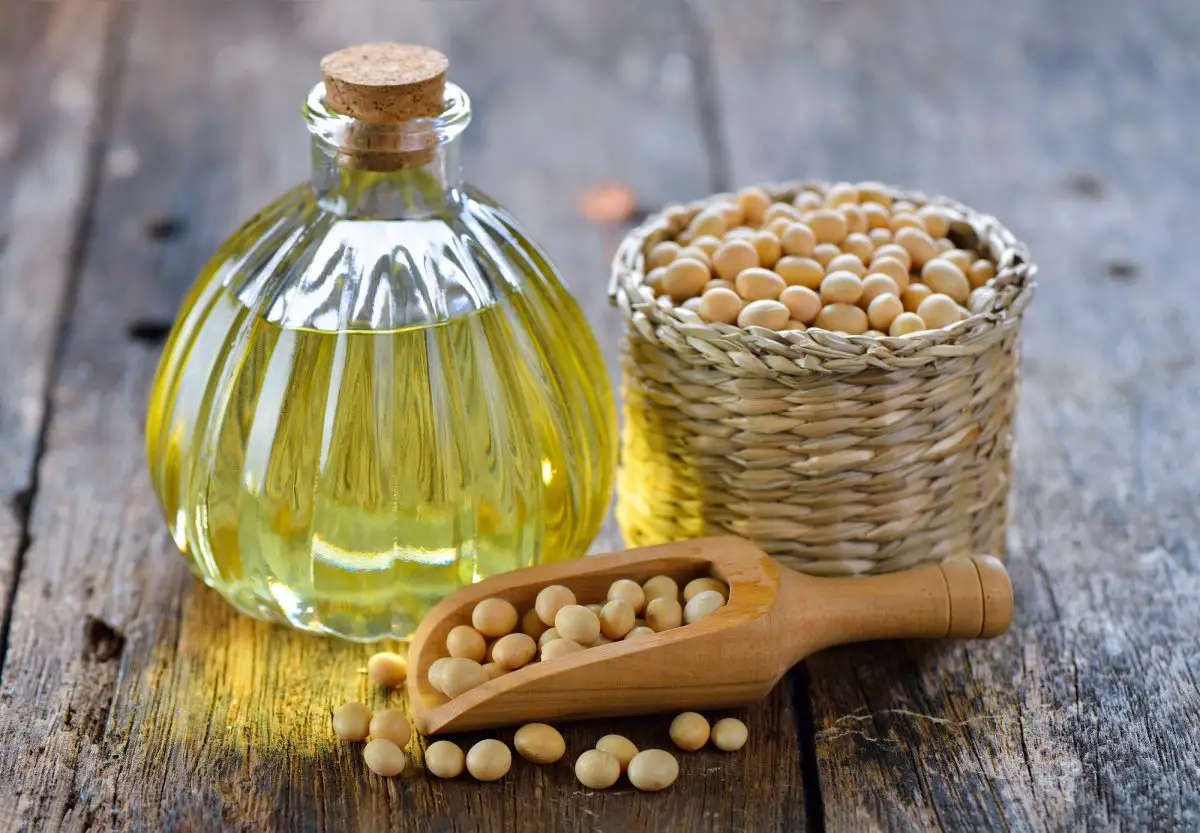
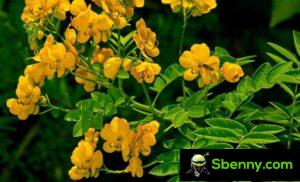
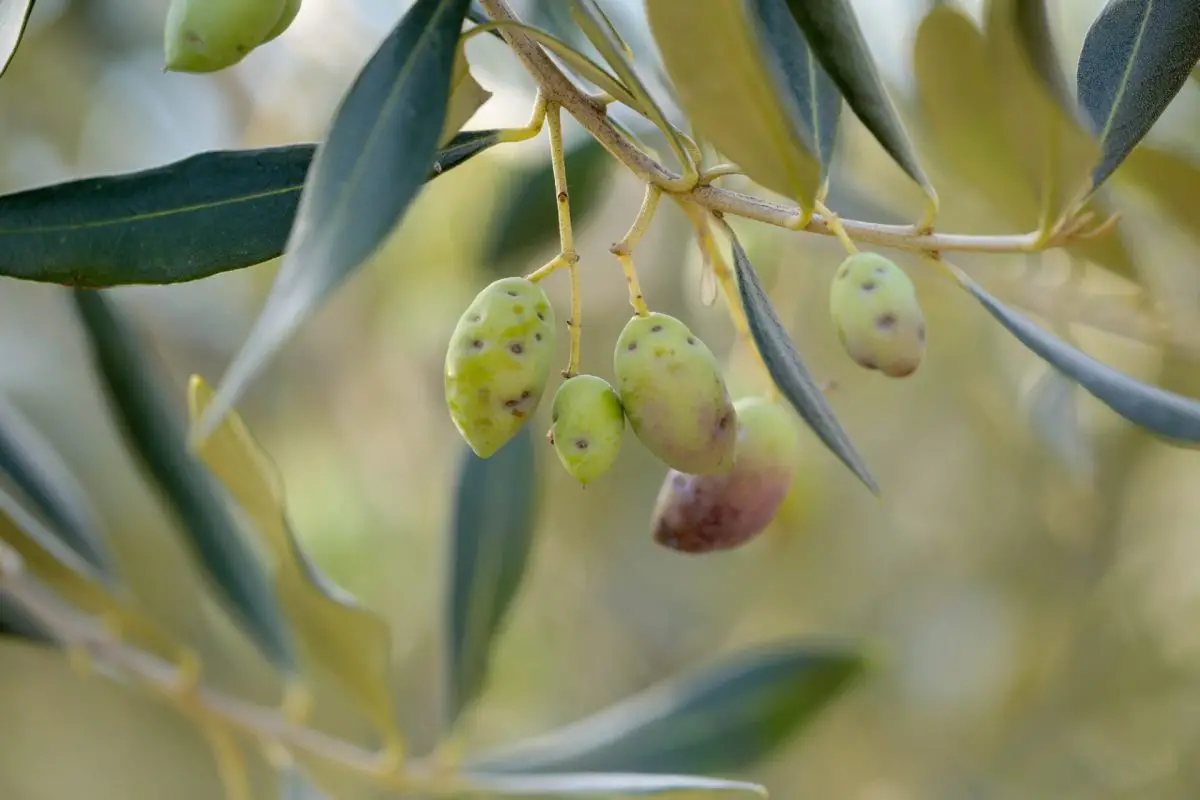
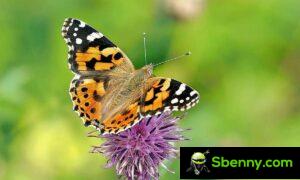
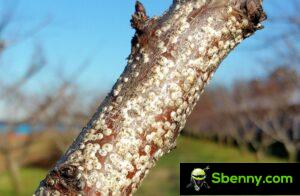
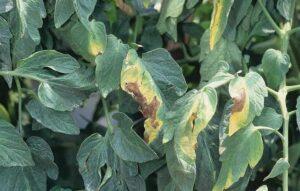
Start a new Thread